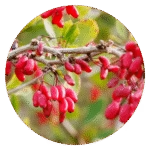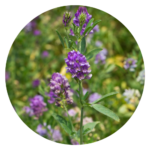Arnica | Arnica montana
Arnica is a well-known topical herb for reducing inflammation, easing pain, and promoting healing in bruises, sprains, and sore muscles. Its antimicrobial and circulation-boosting effects make it a staple in natural first-aid care.





